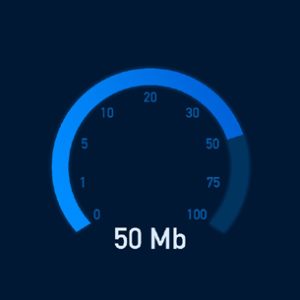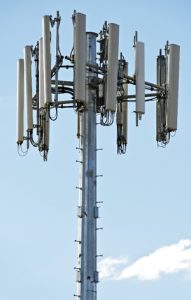Boosting Your Signal
Can a MIMO Yagi Antenna Help in Boosting Your Signal?
 A directional antenna is often the best bet for boosting your signal, if you need to significantly improve the speed of your installed mobile broadband connection. A directional booster antenna establishes a permanent connection with the nearest tower, which usually increases the efficiency and reliability of your internet connection much more than an omnidirectional antenna would.
A directional antenna is often the best bet for boosting your signal, if you need to significantly improve the speed of your installed mobile broadband connection. A directional booster antenna establishes a permanent connection with the nearest tower, which usually increases the efficiency and reliability of your internet connection much more than an omnidirectional antenna would.
Because the increase in download and upload speeds depends on your current internet speeds, the quality of your antenna, and the quality of your antenna setup, it is difficult to estimate exactly how much a Yagi antenna will be boosting your signal and internet speeds. A quality antenna can, however, add a potential 12 dB to your signal strength, which is enough to convert a bad connection into a fair one or a fair connection into a good one.
What Factors Affect an Antenna’s Potential Signal Gain?
 Some antennas are more powerful than others and will increase speeds more dramatically. There are several design factors that affect an antenna’s signal gain.
Some antennas are more powerful than others and will increase speeds more dramatically. There are several design factors that affect an antenna’s signal gain.
The number of elements in the antenna affects the antenna’s signal gain the most. These elements include a reflector, which increases signal strength by up to 5 dB, and multiple directors, which each increase signal strength by about 1 dB. The spacing of the elements also impacts signal gain. An antenna that has wide spaces between the elements is more powerful than a compact antenna with small spaces between the elements. To maximize gains, an antenna should give the reflector and first director a particularly wide berth.
The length of the antenna is correlated to signal gain, with longer antennas having higher gains since they’ll also often have a higher number of elements and/or more space between these elements.
While the number of elements isn’t the only design feature that affects antenna signal gain, we can approximate potential gain from the number of elements. In general:
| # of Elements (reflector plus directors) | Approximate Signal Gain in dB |
|---|---|
| 2 | 5 |
| 3 | 7.5 |
| 4 | 8.5 |
| 5 | 9.5 |
| 6 | 10.5 |
| 7 | 11.5 |
How these Gains Help in Boosting Your Signal:
- A strong 4G LTE signal with clear voice and fast data typically falls between -50dBm and -105dBm.
- A fair 4G LTE signal with good voice and reliable data typically falls between -106dBm and -125dBm.
- A bad 4G LTE signal with good voice, but unreliable data typically falls between -126dBm and -136dBm.
- A terrible 4G LTE signal with voice, but no data typically falls between -136dBm and -140dBm.
To find out how strong your current internet connection, do a signal audit with your phone.
What Kind of Antenna Setup Maximizes Real Signal Gain?
 While the antenna itself is important, the way you set up your antenna also affects its real signal gains. To maximize your gains, then, be sure to follow these installation tips for directional antennas.
While the antenna itself is important, the way you set up your antenna also affects its real signal gains. To maximize your gains, then, be sure to follow these installation tips for directional antennas.
Your antenna will, typically, connect to any cellular tower less than 15 miles away. If your carrier doesn’t have cellular towers inside that range, an antenna probably can’t help you and gains will be minimal or nonexistent. If your carrier has cellular towers within that range, the closer the tower is to your property, the higher your potential gain will be. Find out how close your property is to the nearest cellular tower.
Directional antennas transmit radio waves almost exclusively in one direction. Once you’ve mounted your antenna, make sure it’s facing toward the nearest tower by connecting a phone in field test mode to the antenna, then, slowly rotating it, stopping to take a reading every 10 degrees. Lock your antenna into place when field test mode registers the highest gains.
The radio waves that connect your antenna with the nearest tower slow down when they pass materials with low permeability and permittivity. Structures made of metal or other materials that conduct electricity slow down radio waves or block them completely. To maximize your signal gain, install your antenna so that it’s facing away from metal structures like steel building frames, metal roofs, or other antennas.
The best way to prevent radio interference is to elevate your antenna. Keep your directional antenna above nearby obstructions, like other buildings, by installing it on a rooftop or mounting it on a pole. When you elevate your antenna, you also prevent interference from electronics in your home or in your neighbors’ homes.
For more information about Yagi antennas, reach out today and call 866-439-6630
